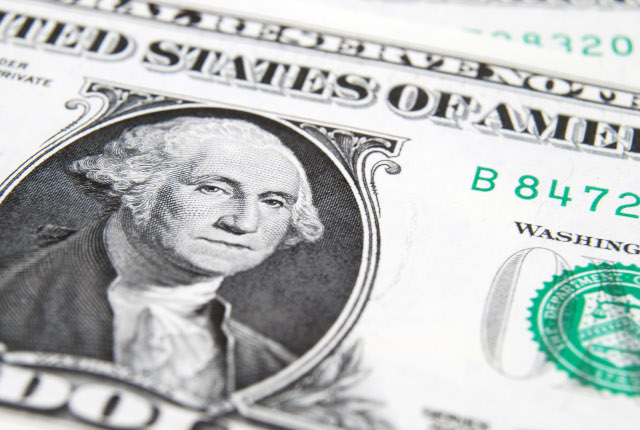(DC Pundit) – In a surprising turn of events, U.S. retailers experienced a substantial sales boost in September, defying expectations and signaling robust consumer demand. This unexpected surge in retail sales has now raised questions about the Federal Reserve’s strategy to combat inflation. According to the Commerce Department’s report on Tuesday, retail sales skyrocketed by an impressive 0.7 percent in September, a development that carries significant weight as retail sales constitute approximately one-third of all consumer spending in the United States. These sales figures serve as crucial leading indicators for the nation’s economic trajectory.
The impressive sales numbers far surpassed even the most optimistic forecasts, with economists initially projecting sales growth of just 0.3 percent, within a range of -0.1 percent to 0.5 percent. This remarkable upswing in sales cannot be attributed solely to rising gas prices. When excluding gas station sales, the increase still stands at an impressive 0.7 percent.
Core retail sales, which exclude sales at gas stations and motor vehicles, rose by 0.6 percent, significantly outperforming expectations of a mere 0.1 percent increase, with forecasts ranging from -0.5 percent to 0.3 percent. Even when excluding only auto dealers, sales managed to rise by 0.6 percent, surpassing the consensus forecast of 0.2 percent.
The so-called “control group sales,” used in GDP calculations and excluding food services, auto dealers, building materials stores, and gasoline stations, exhibited a substantial 0.6 percent increase, once again surpassing the highest range of predictions. Moreover, substantial upward revisions to the August figures indicate that retail sales have been more robust than initially believed for the past two months. The revised August retail sales growth was revised up to 0.8 percent from 0.6 percent, and the ex-autos figure saw an increase from 0.6 percent to 0.9 percent. Excluding autos and gas stations, the figure was revised up from 0.2 percent to 0.3 percent.
The widespread growth in sales suggests a persistent strength in consumer spending. Sales increased in eight out of the 13 retail categories monitored by the Commerce Department.
It is essential to note that these retail sales figures track nominal spending by households during the month, adjusting for seasonal variations and holidays, but not inflation. In September, the consumer price index rose by 0.4 percent.
Key highlights of the report include a 0.4 percent increase in sales at grocery stores, which is four times the consumer price index for food at home. Sales at health and personal care stores surged by 0.8 percent, while gas station sales jumped by 0.9 percent, attributed to higher gas prices. Online sales experienced a remarkable 1.1 percent increase, and restaurant and bar sales outperformed inflation for the “food away from home” category by rising 0.9 percent.
Conversely, sales declined at clothing stores, home and garden centers, and electronic and appliance stores. Sales remained flat at department stores, sporting goods stores, and furniture stores.
Sales at auto dealers marked a robust one percent increase, indicating the resilience of the U.S. consumer. Despite the Federal Reserve’s “restrictive” monetary policy aimed at lowering economic demand, very low unemployment levels have likely contributed to this consumer resilience. This phenomenon persists despite low consumer confidence in the economy and tepid approval ratings for President Joe Biden’s economic policies.
Recent statements from several Fed officials suggest that further interest rate hikes may not be necessary to bring inflation in line with the central bank’s two percent target. This viewpoint is partially based on the increase in longer-term bond yields, which drive up borrowing costs and tend to dampen economic activity. According to Fed projections released at a recent meeting, there may be one more rate hike, followed by an extended period of rate stability throughout the coming year.
However, the unexpected climb in retail spending witnessed in August and September could force a reevaluation of this view. Increasing demand from U.S. households may indicate that higher interest rates might be less restrictive than initially anticipated by Federal Reserve officials, adding a layer of complexity to their ongoing efforts to combat inflation.
Copyright 2024. DCPundit.com | Featured image credit: Janeh15


